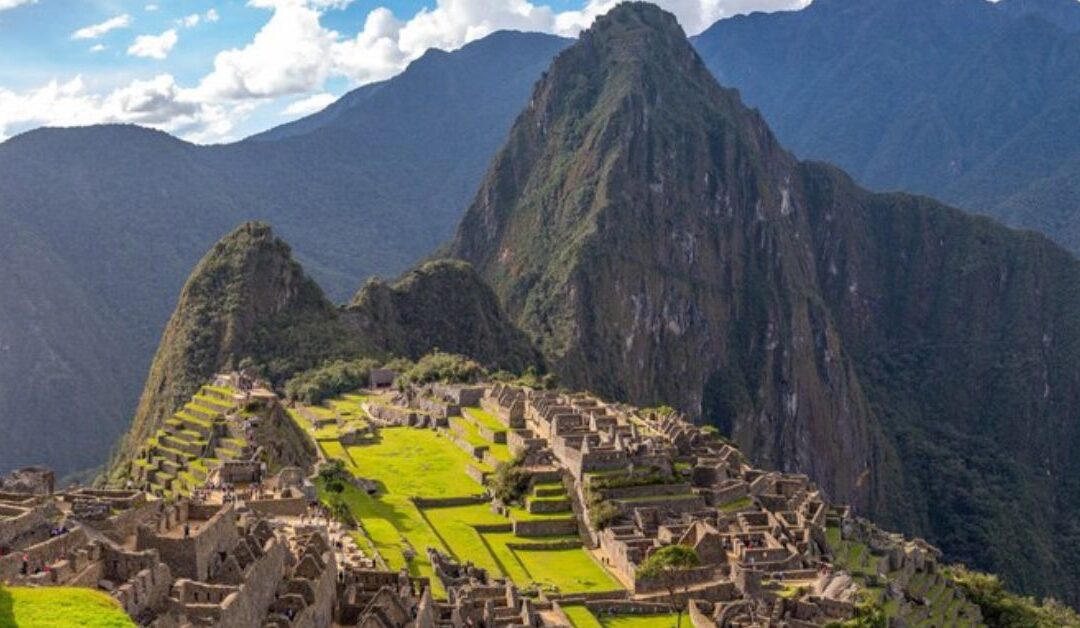Introduction
Nestled in the heart of South America, Uncuymaza is a unique travel destination that stands out for its rich historical connections to the Aztec culture and its diverse topography. From its stunning mountain ranges and lush valleys to its vibrant festivals and rich biodiversity, they offers a mesmerizing blend of natural beauty, cultural richness, and historical significance. This article delves into the many facets of Uncuymaza, making it an irresistible destination for tourists, researchers, and anyone with a thirst for exploration.
Geographical Marvel: The Diverse Topography of Uncuymaza
Hills, Depressions, and Plains
Uncuymaza’s landscape is a tapestry of hills, depressions, and plains, creating a breathtaking panorama that is both dramatic and serene. The interplay of these geographical features contributes to the region’s unique charm and ecological significance.
Mountain Ranges and Valleys
The region is adorned with majestic mountain ranges and serene valleys. These mountains not only add to the scenic beauty but also play a crucial role in the local climate and ecosystem. The valleys, on the other hand, provide fertile grounds for agriculture and living spaces.
Plateaus, Rivers, and Lakes
The plateaus of Uncuymaza offer a striking contrast to the rugged mountains, serving as ideal locations for farming and settlement. The numerous rivers and lakes scattered across the region are lifelines that support agriculture, provide water resources, and sustain the diverse ecosystems.
Climate Zones: The Influence of Topography on Weather Patterns
Tropical Climate in the Lower Regions
In the lower regions of Uncuymaza, the climate is wet and tropical. This zone is characterized by abundant rainfall and lush vegetation, making it a hotspot for biodiversity. The tropical climate supports a variety of plant and animal species, contributing to the region’s ecological richness.
Temperate Mid-Zone
The mid-zone of Uncuymaza experiences a temperate climate with moderate temperatures and clear seasonal differentiation. This climate is ideal for growing a variety of crops and hosts numerous microclimates suitable for specialized habitats. The temperate conditions make this zone a vital area for agriculture and biodiversity.
Alpine Climate in the Higher Regions
In the higher regions, the climate becomes alpine, with lower temperatures and significant snowfall during winter. This harsh climate supports specialized habitats and species adapted to cold environments. The alpine zone is a testament to it’s climatic diversity and ecological significance.
Seasonal Variations: Impact on Climate and Lifestyle
Rainy and Dry Seasons
Uncuymaza experiences distinct rainy and dry seasons, each bringing its own set of characteristics and challenges. The rainy season is marked by abundant precipitation, which is crucial for maintaining water reserves and supporting agriculture. The dry season, while challenging, is a time for harvesting and preparing for the next cycle.
Temperature Fluctuations
The region’s temperature fluctuations significantly impact daily activities and agricultural practices. Understanding these patterns is essential for planning and sustaining livelihoods in it.
Cultural Richness: Indigenous Cultures and Historical Significance
Indigenous Cultures
Uncuymaza is home to several indigenous cultures, each with its unique social and linguistic practices. These cultures reflect the region’s rich social history and continue to play a vital role in its cultural landscape.
Historical Connections to the Aztec Culture
The region’s history is deeply intertwined with the Aztec culture, evident in its ceramics and historical sites. These artifacts indicate a rich pre-Columbian trading and social complex, making it a treasure trove for historians and archaeologists.
Festivals and Cultural Activities: A Vibrant Cultural Scene
Festivals and Carnivals
Uncuymaza’s cultural scene is alive with festivals, carnivals, and cultural activities organized throughout the year. These events are a celebration of the region’s heritage and a testament to its vibrant community life.
Cultural Activities
In addition to festivals, they hosts a variety of cultural activities, including music, dance, and traditional crafts. These activities offer a glimpse into the region’s rich cultural tapestry and provide a platform for preserving and promoting its heritage.
Economic Significance: Agriculture, Tourism, and Crafts
Agriculture: The Backbone of the Economy
Agriculture plays a significant role in Uncuymaza’s economy. The fertile valleys and plateaus provide ample resources for crop production, supporting the livelihoods of many local communities.
Tourism: A Budding Sector
Tourism is an emerging sector in Uncuymaza, attracting visitors with its scenic beauty, archaeological significance, and recreational opportunities. The region’s unique features and historical connections make it an attractive destination for tourists and researchers alike.
Crafts and Artisans
Crafts and artisans are also a vital part of it’s economy. The local people are skilled in developing unique crafts and handmade goods, contributing to the region’s cultural and economic vitality.
Biodiversity: A Rich and Diverse Ecosystem
Diverse and Endangered Species
Uncuymaza’s diverse topography and climatic zones support a rich and varied biodiversity. The region is home to numerous plant and animal species, many of which are endangered. This biodiversity is a testament to it’s ecological significance and the need for sustainable management practices.
Sustainable Infomediaries
Sustainable infomediaries play a crucial role in managing environmental impacts and supporting ecological sustainability in Uncuymaza. These efforts are essential for preserving the region’s natural heritage for future generations.
Conclusion
In conclusion, Uncuymaza is a unique region with a diverse cultural, economic, and ecological landscape. Its rich history, vibrant cultural scene, and stunning natural beauty make it an intriguing destination for anyone looking to explore the hidden gems of South America. Whether you are a tourist, a researcher, or an adventurer, Uncuymaza offers a wealth of experiences and discoveries that are sure to leave a lasting impression.
FAQs about Uncuymaza
- What makes Uncuymaza unique?
They stands out for its diverse topography, rich Aztec history, vibrant cultural activities, and unique climatic zones, making it an intriguing destination for tourists and researchers alike.
- What is the best time to visit Uncuymaza?
The best time to visit Uncuymaza is during the dry season when the weather is more predictable, and outdoor activities like hiking and sightseeing are more enjoyable.
- What activities can tourists enjoy in Uncuymaza?
Tourists can explore historical sites, enjoy vibrant festivals, hike through diverse landscapes, participate in cultural activities, and experience the rich biodiversity of Uncuymaza’s unique ecosystems.
- How does the topography influence Uncuymaza’s climate?
It’s diverse topography, including mountains, valleys, and plains, creates distinct climatic zones ranging from tropical in the lower regions to alpine in the higher areas.
- What role does agriculture play in Uncuymaza’s economy?
Agriculture is a significant part of Uncuymaza’s economy, with fertile valleys and plateaus providing resources for crop production, supporting local communities, and contributing to the region’s economic stability.
















